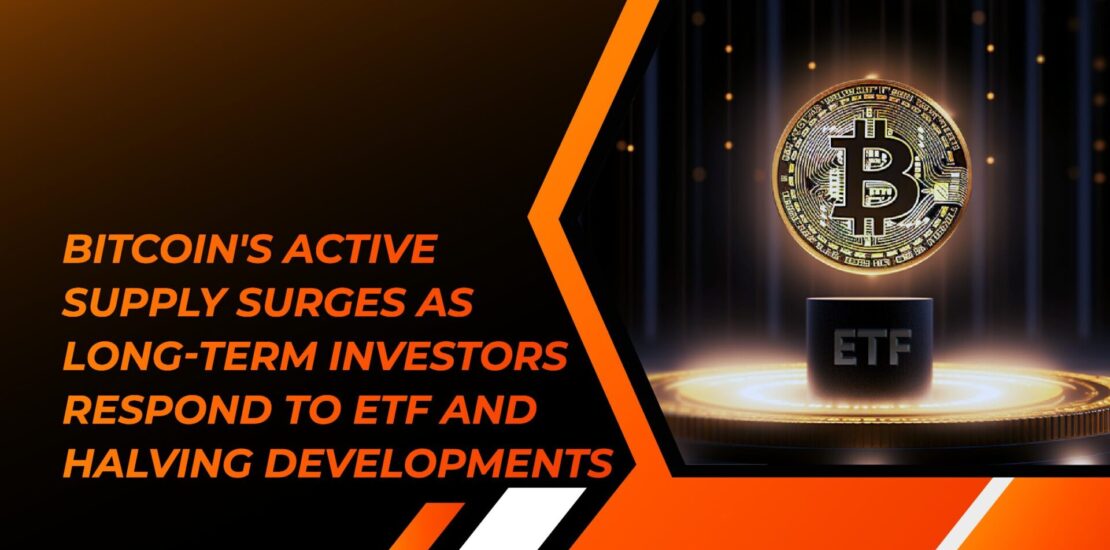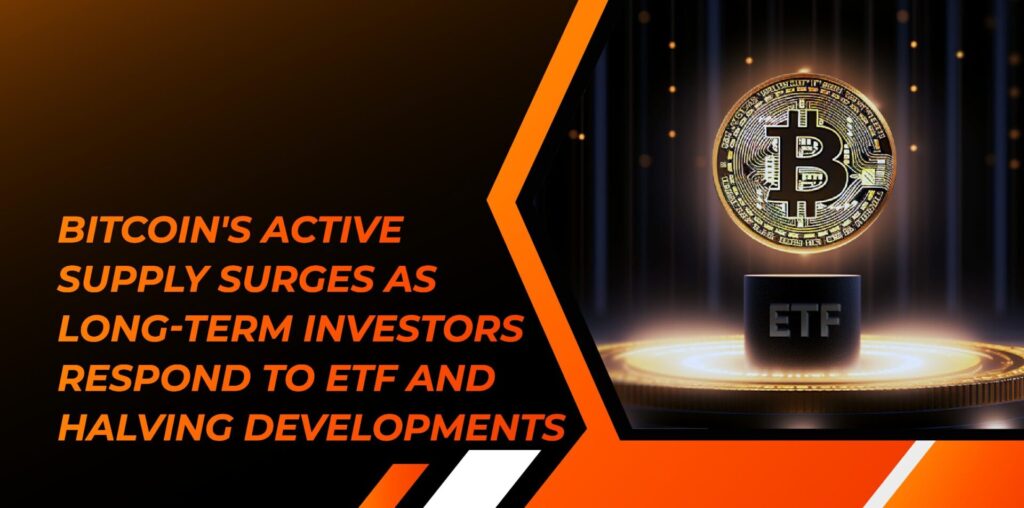- February 10, 2024
- Posted by: [email protected]
- Category:


Bitcoin’s recent surge in market activity, fueled by the SEC’s approval of spot Bitcoin ETFs, unfolds an interesting narrative as long-term holders strategically maneuver their assets in response to evolving market dynamics. A closer examination of Bitfinex’s market report illuminates a subtle yet discernible uptick in the circulating supply of Bitcoin, underpinned by the resolute commitment of seasoned investors. This steadfast approach has propelled Bitcoin’s price beyond the $46,000 mark, underscoring the significance of prolonged investor commitment in the volatile cryptocurrency landscape.
The report’s exploration of metrics such as “Supply Last Active” delves into the temporal dimensions of Bitcoin’s circulating supply. This in-depth analysis elucidates how dormant Bitcoin, which had been held by long-term investors, is now being reintroduced into the market. The catalyst behind this resurgence lies in the approval of spot Bitcoin ETFs, effectively breathing new life into previously immobilized assets. The period leading up to the SEC’s approval was marked by an influx of capital into the market, with analysts prognosticating a forthcoming surge in Bitcoin prices.
The interplay of stored Bitcoin supply and active supply has been a focal point, especially given its steady increase attributed to ETF-related factors. Bitfinex emphasizes the pivotal nature of this movement, asserting that the relocation of older Bitcoin supply serves as a crucial indicator of market behavior, particularly among long-term holders. This reflects a dynamic shift in sentiment and investment strategies, a response to market-altering developments like the introduction of Bitcoin ETFs, or a thorough reassessment of positions in light of prevailing market conditions.
Introducing the Value Days Destroyed (VDD) metric adds a layer of complexity to the analysis, offering insights into when Bitcoin’s price experiences heightened activity during bull cycles. The current elevation in VVD suggests that certain investors are strategically divesting their assets. While historical patterns indicate that peaks in VVD precede price peaks, similar to bear market sell-offs, the liveliness metric remains at multi-year lows. This paradoxical scenario suggests that a significant majority of Bitcoin supply is still firmly held, with holders possibly awaiting optimal spot prices or anticipating increased market volatility as a catalyst for spending their coins.
Amid these intricate dynamics, the impending halving event emerges as another crucial factor shaping recent Bitcoin price movements. The discernible trend of miners introducing their Bitcoin reserves to exchanges implies a strategic move to sell leveraged assets, enhancing operational capacity and efficiency in preparation for the halving. This convergence of factors paints a comprehensive picture of Bitcoin’s current landscape, where market participants navigate the complexities of regulatory developments, supply dynamics, and impending network events to make informed investment decisions.



